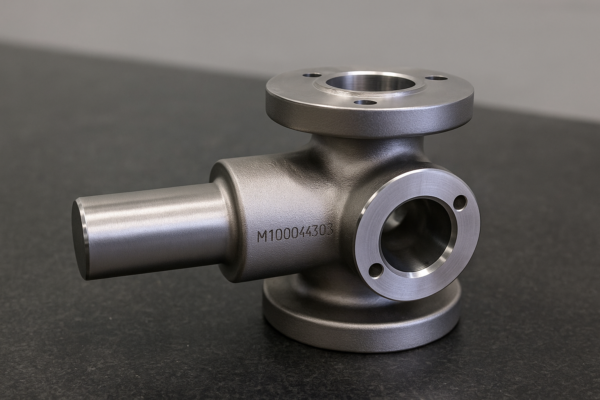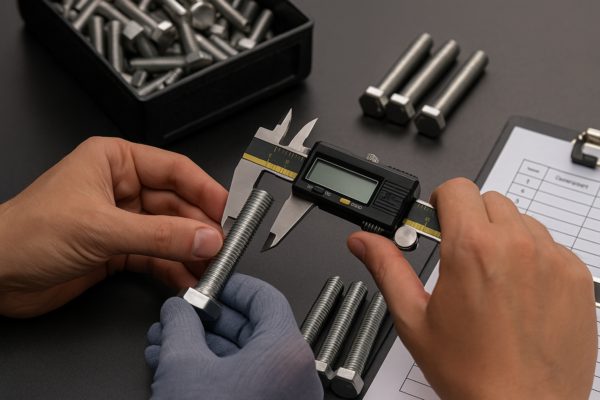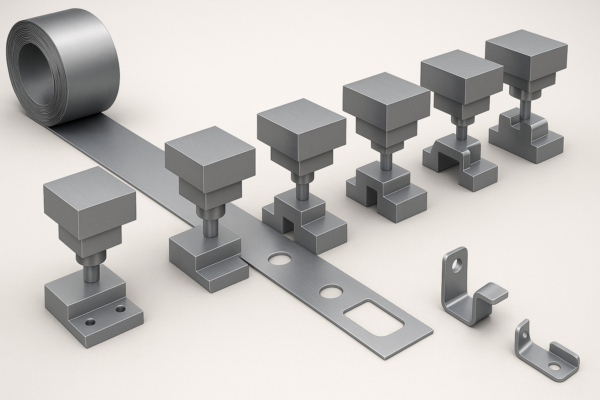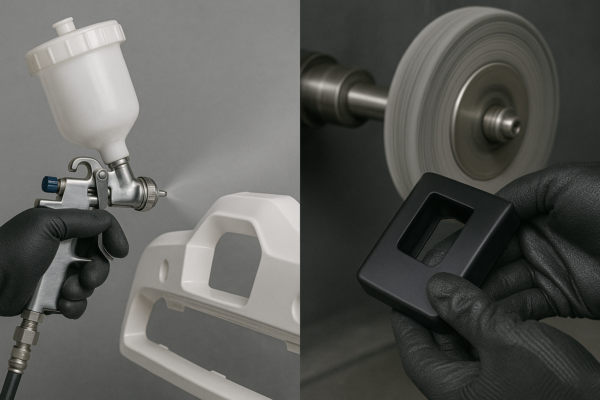How to Prepare a Sand Mold for Casting? A Step-by-Step Foundry Guide
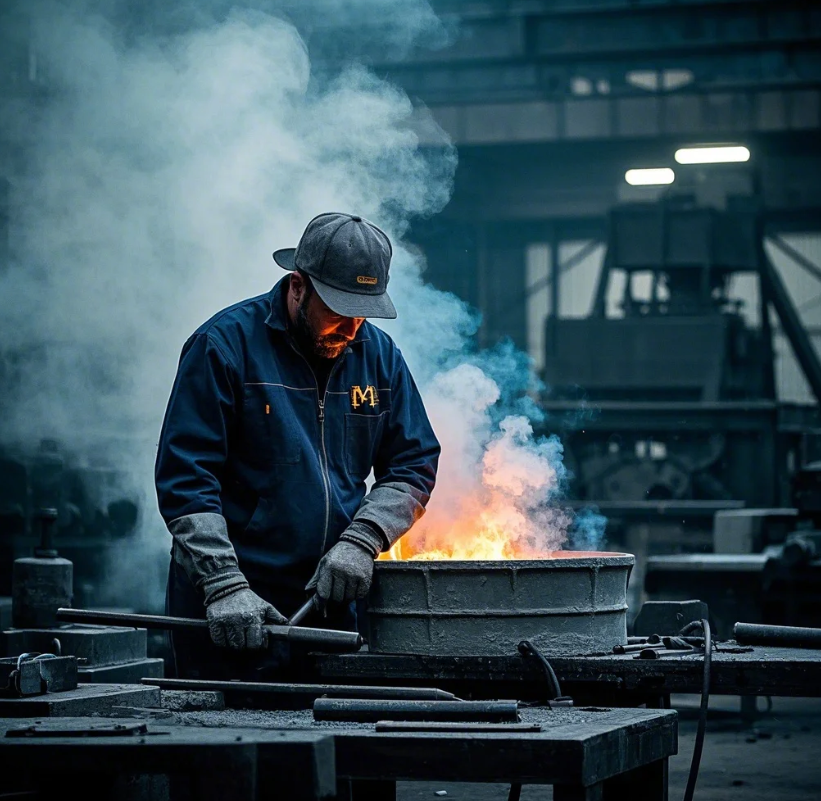
Creating defect-free sand molds requires mastering six critical steps – from sand conditioning to mold assembly. Poor preparation causes 65% of casting defects according to AFS reports.
Snippet paragraph: To prepare a sand mold, mix silica sand (85%), bentonite clay (10%), and water (5%); compact around a pattern in a flask; remove the pattern; cut gates/risers; then assemble cope and drag halves – achieving 70-80 hardness on scale B for optimal metal containment.
Proper venting prevents gas defects that ruin 15-20% of castings.
What Sand Mixture Works Best?
Not all sand is equal – grain size and binder ratios matter.
Snippet paragraph: Optimal green sand contains AFS 55-70 grade silica sand (90%+ SiO₂), 7-10% Western sodium bentonite (swells 15x when wet), 3-5% water (tested via squeeze ball method), and optionally 2% coal dust for iron castings to prevent burn-on defects.
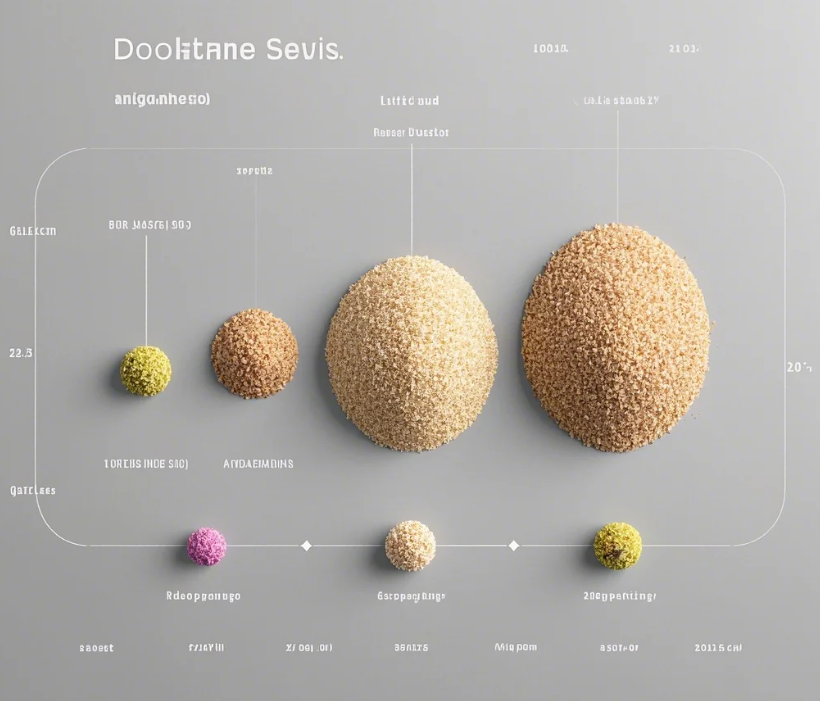
Composition Comparison for Different Metals
| Metal | Sand AFS# | Bentonite % | Moisture % | Additives |
|---|---|---|---|---|
| Aluminum | 60-80 | 6-8 | 3-4 | 1% wood flour |
| Grey Iron | 50-65 | 8-10 | 4-5 | 2% sea coal |
| Steel | 45-55 | 10-12 | 5-6 | 1% iron oxide |
| Bronze | 65-75 | 7-9 | 3.5-4.5 | 0.5% cereal binder |
Pro Tip: Use mulled (mechanically mixed) sand – hand mixing achieves only 70% homogeneity vs 95% with mechanical mixers.
How to Properly Pack the Sand?
Ramming technique determines mold strength.
Snippet paragraph: Layer sand in 50-75mm increments, ramming each until reaching 70-80 on the B-scale hardness tester (18-22 psi compression) – under-ramming causes erosion defects while over-ramming leads to gas porosity.
Ramming Methods Compared
| Technique | Pressure (psi) | Density (%) | Best For |
|---|---|---|---|
| Hand rammer | 2-5 | 65-75 | Prototypes |
| Squeeze machine | 20-50 | 80-85 | Medium batches |
| Jolt-squeeze | 60-100 | 85-90 | Production runs |
| Vacuum compaction | 5-10 (vacuum) | 90-93 | Thin sections |
Example: An engine block mold requires 92% density – achieved through three jolt cycles at 80psi.
Where Should You Place Gates and Risers?
Feeding systems impact metal flow and solidification.
Snippet paragraph: Position gates (entry channels) at the mold’s lowest point with 30-45° downward angles, sized at 2-4x the part’s wall thickness. Place risers (feeders) near thick sections – their diameter should equal 1.5x the adjacent metal thickness.

Rule-of-Thumb Design Guidelines
| Feature | Calculation | Example (10mm wall) |
|---|---|---|
| Sprue diameter | √(casting weight in kg) cm | 3.2cm for 10kg casting |
| Gate area | 20-30% of sprue area | 3-5cm² |
| Riser height | 1.5-2x diameter | 75mm tall for Ø50mm |
| Vent spacing | Every 150mm | 6 vents for 900mm mold |
Critical: Use choke gates (constricted openings) to control flow velocity below 0.5m/s for aluminum.
How to Prepare Mold Surfaces?
Coatings prevent metal penetration into sand.
Snippet paragraph: Spray or brush refractory coatings (zircon flour for steel, graphite for iron) at 0.1-0.3mm thickness, then torch-dry until reaching 150-200°C – this reduces sand burn-on by 90% while allowing gases to escape.
Coating Selection Guide
| Coating Type | Base Material | Metal Compatibility | Drying Method |
|---|---|---|---|
| Graphite | Alcohol slurry | Cast Iron | Air dry (2h) |
| Zircon | Water-based | Steel/Cu alloy | Torch (5-10min) |
| Aluminum oxide | Isopropanol | Aluminum | Oven bake (150°C) |
| Proprietary | Acrylic carrier | All metals | UV cure (30sec) |
Data Point: Proper coatings extend mold life by 3-5x versus uncoated molds.
What Are Common Assembly Mistakes?
Misalignment ruins 12% of production molds.
Snippet paragraph: Always use register pins when assembling cope/drag halves, checking alignment gaps stay below 0.5mm. Apply sealant slurry (kaolin clay + water) to parting lines to prevent metal leaks that cause 5-7mm flash on castings.
Mold QA Checklist
| Checkpoint | Acceptance Standard | Tool |
|---|---|---|
| Mold hardness | 70-80 (B-scale) | Hardness tester |
| Cope-drag alignment | <0.5mm offset | Feeler gauge |
| Vent continuity | Smoke test passes | Cigarette smoke source |
| Coating coverage | No bare sand visible | UV lamp (for fluorescing) |
| Gate cleanliness | No loose sand obstructions | Compressed air nozzle |
Red Flag: Yellowish sand indicates excessive sulfur content (>0.1%) causing gas defects in steel.
Conclusion
Precision sand mold preparation requires controlled materials, disciplined processes, and rigorous checks – when executed properly, even green sand can produce castings with ±0.5mm tolerances and surfaces needing only minimal finishing for most industrial applications.

